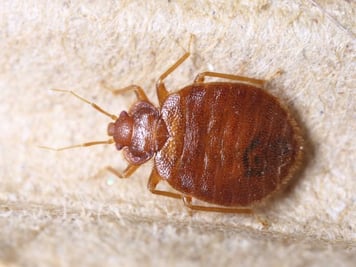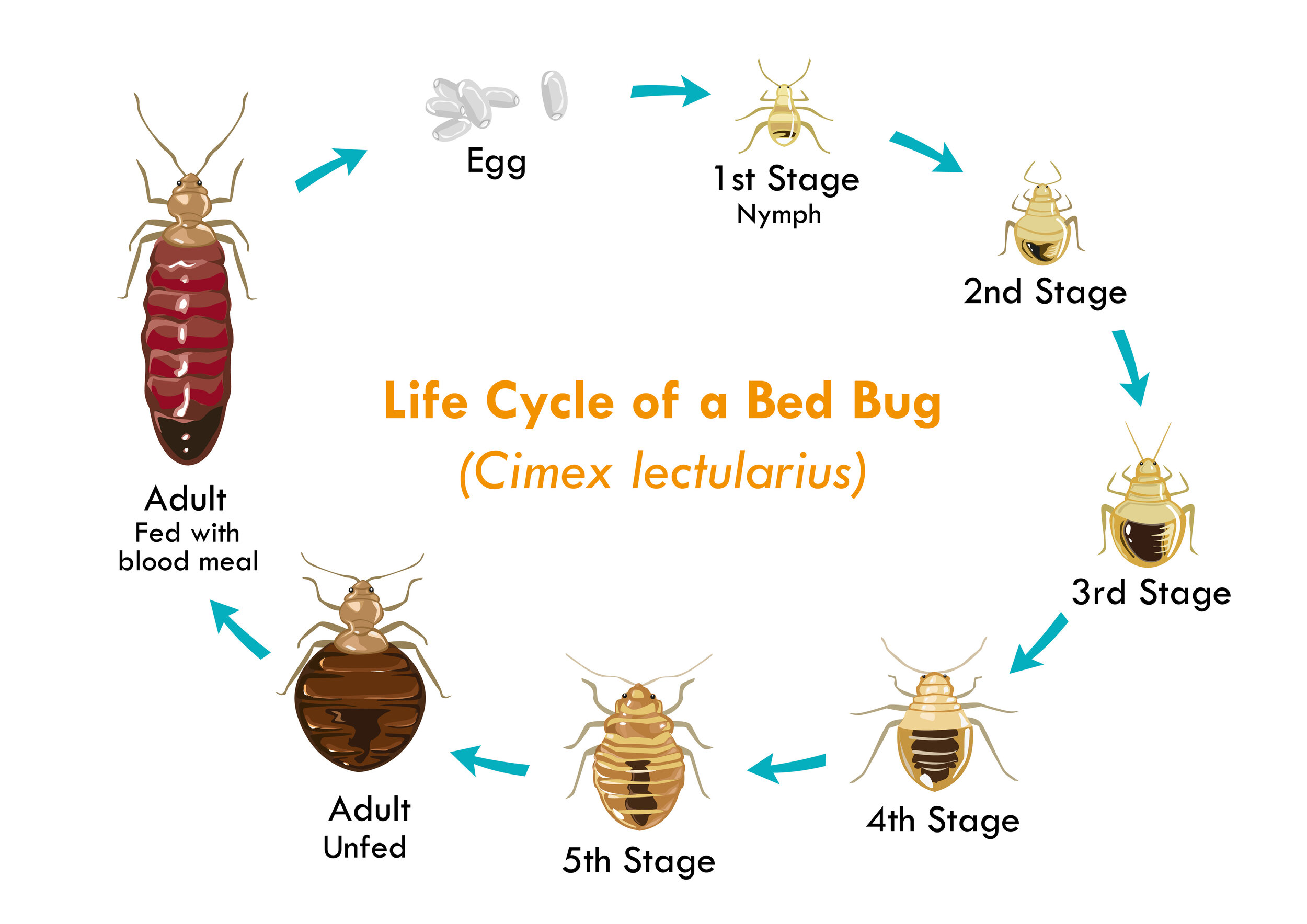Leading A1 Bed Bug Treatment in Houston - Quick and Affordable
Understanding the Lifecycle of Pests for Targeted Control Approaches
Recognizing the lifecycle of insects is an essential element of effective bug administration techniques. With a much deeper understanding of just how pests thrive and develop, tailored control approaches can be made to attend to details factors in their lifecycle, inevitably leading to more effective pest administration end results.
Importance of Comprehending Bug Lifecycle
Recognizing the lifecycle of insects is necessary for creating effective and targeted control approaches in bug management. By comprehending the various phases a parasite goes with from egg to grownup, bug control professionals can recognize vulnerable points in the lifecycle where intervention can be most successful. Knowing when larvae are most active can assist identify the ideal timing for applying larvicides. Furthermore, comprehending the life expectancy of a bug varieties can help in anticipating populace growth patterns and prospective invasion dangers.
Furthermore, recognizing the specific ecological problems required for each phase of the bug's lifecycle can assist decisions on habitat alteration or exemption methods to disrupt the lifecycle and lower pest populaces. This understanding enables pest monitoring specialists to execute proactive actions rather than relying only on reactive treatments, bring about more long-term and lasting insect control solutions. Eventually, an extensive understanding of pest lifecycles encourages insect control experts to tailor their strategies successfully, optimizing and reducing ecological impacts control results.
Key Stages in Parasite Advancement
To efficiently carry out targeted control strategies in bug monitoring, an important facet lies in thoroughly recognizing and understanding the crucial phases in pest advancement. Parasite development usually contains several essential phases that are critical for their lifecycle and administration. The initial stage is the egg stage, where insects lay eggs that later hatch out right into larvae. Larvae after that progress into pupae, a stage where they undertake transformation prior to emerging as adult insects. Comprehending these phases is crucial as it helps in identifying prone factors in the lifecycle where control actions can be most effective.

Susceptabilities in Bug Lifecycle
Throughout the different stages of an insect's lifecycle, unique vulnerabilities emerge that can be strategically targeted for reliable control actions. One essential susceptability hinges on the egg phase, where insects are typically much more susceptible to certain pesticides or organic control agents due to their soft outer covering, making them much easier targets for intervention. Additionally, the larval or nymph phase provides vulnerabilities as pests undertake fast growth and development, calling for high power consumption that can be manipulated by interrupting their food sources or introducing development inhibitors. Pupal phases, defined by immobility and makeover, use a window for targeted control via physical obstacles or particular therapies that impede successful appearance. Lastly, adult parasites, while much more resilient as a result of their reproductive capacity, can still be at risk throughout mating or egg-laying tasks, which can be disrupted via pheromone catches or sterilization strategies. Recognizing these vulnerabilities in the parasite lifecycle is vital for creating efficient and specific control strategies that successfully manage bug populaces while reducing ecological impact.
Carrying Out Targeted Control Procedures

Executing targeted control procedures typically includes a multi-faceted strategy. This may include environment alteration to make the environment much less friendly to pests, such as eliminating standing water for insect control or securing entry points for rats. In addition, A1 bed bug removal houston biological control techniques can be used, where all-natural killers or microorganisms are introduced to maintain pest populations in check.
Integrated Parasite Monitoring (IPM) methods that integrate various control measures in a worked with and lasting way are frequently the most effective in attaining long-lasting insect management objectives. By carrying out targeted control steps based on a thorough understanding of parasite lifecycles, bug populations can be effectively regulated while reducing risks to human wellness and the atmosphere.
Enhanced Bug Administration Practices

In addition, the consolidation of organic control agents, such as all-natural predators or virus of bugs, can help in reducing reliance on chemical pesticides and advertise a more well balanced ecosystem. Carrying out physical barriers and catches can also be part of boosted insect monitoring methods, supplying non-toxic and targeted options for pest control. Furthermore, using pheromones and various other semiochemicals can disrupt pest mating patterns and interaction, resulting in minimized pest populations with time.
Conclusion
By determining crucial phases in bug growth and susceptabilities in their lifecycle, targeted control actions can be applied to minimize pest populations. Enhanced pest management practices can help reduce the reliance on broad-spectrum pesticides and advertise even more ecologically friendly and sustainable insect control methods.
Understanding the lifecycle of insects is important for developing effective and targeted control strategies in pest monitoring. By understanding the different stages an insect goes through from egg to grownup, parasite control specialists can determine susceptible points in the lifecycle where treatment can be most effective. Eventually, an extensive understanding of insect lifecycles empowers parasite control experts to customize their techniques effectively, making the most of and minimizing ecological effects control outcomes.
By applying targeted control procedures based on a comprehensive understanding of pest lifecycles, bug populations can be properly managed while reducing threats to human health and wellness and the environment.
By recognizing essential phases in bug development and susceptabilities in their lifecycle, targeted control steps can be applied to reduce pest populaces.